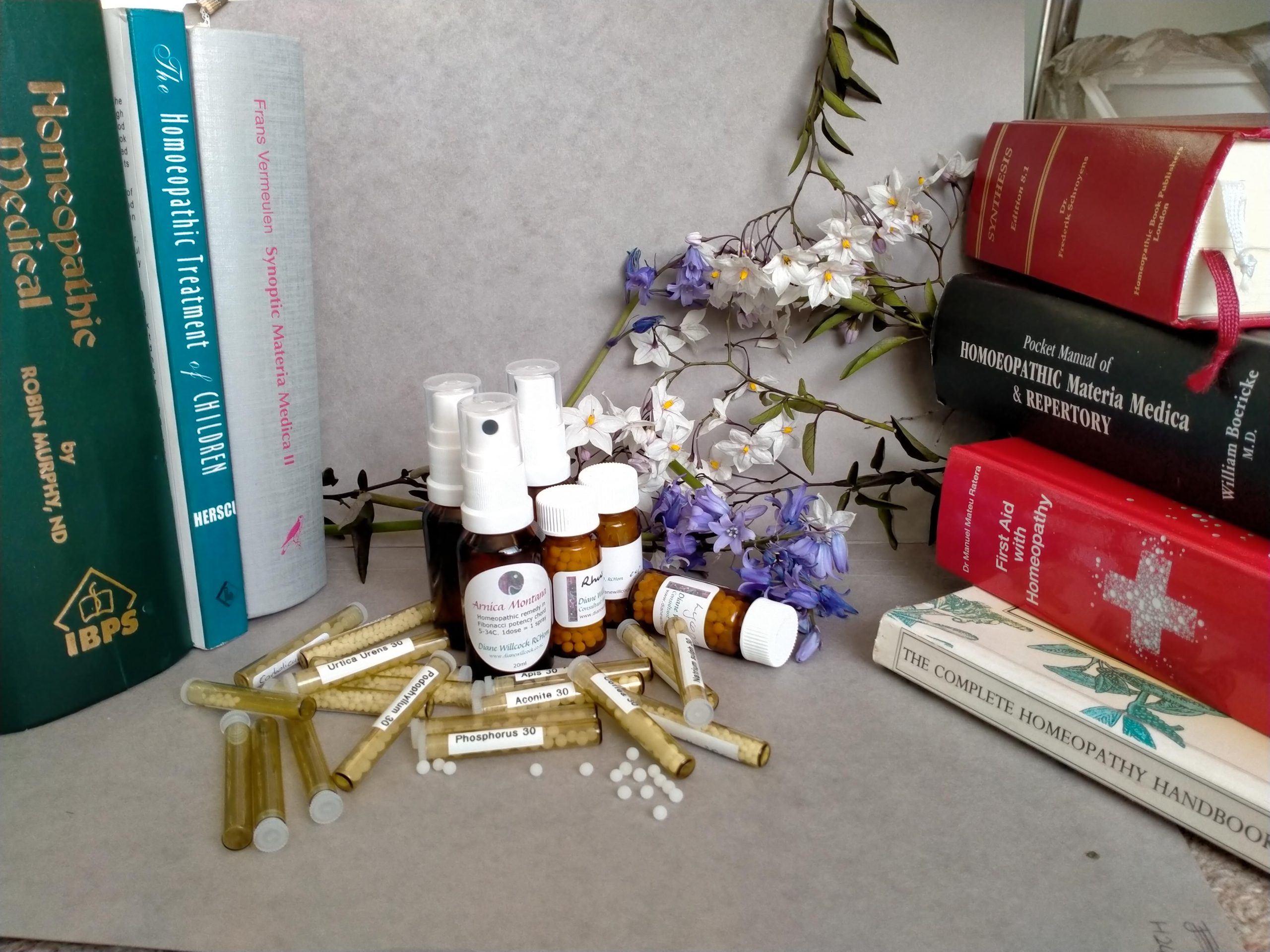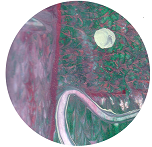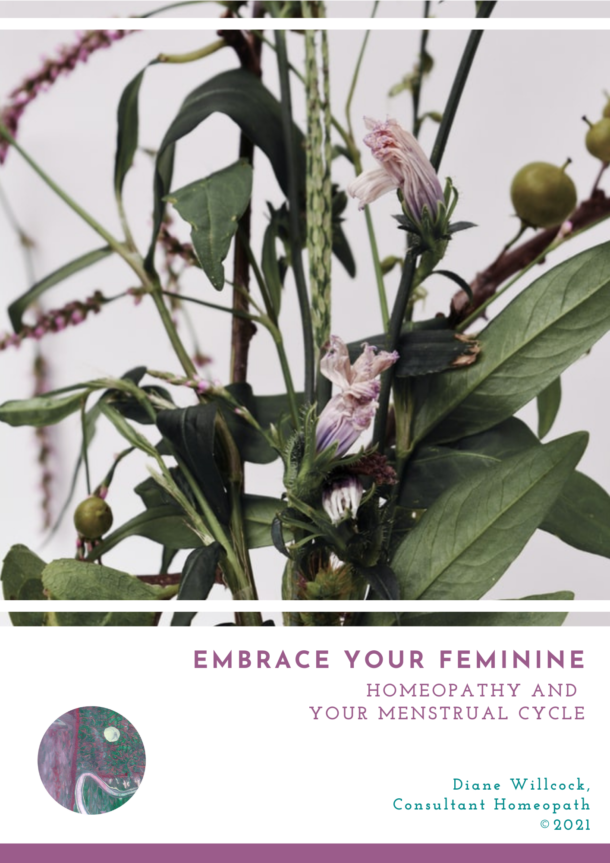Next you will need a book.
So you have your Arnica and are happily using it for various injuries, what next?
Two things – a reference book and more remedies. Actually the more books and remedies the better. [Homeopaths tend to have far too many books and often too many remedies.]
For the newbie just one book will do to start with – there are plenty out there. The first one I ever bought was Miranda Castro’s The Complete Homeopathy Handbook: a guide to everyday healthcare. Of course it’s not complete (that’s why homeopaths have so many books – none are complete) but it is an excellent starting place.
First published 1990, it’s still in print. It has an excellent introduction to homeopathy, a comprehensive Materia Medica (that’s Latin for Materials of Medicine – a listing of the remedies and what they are for) and Repertory section (that’s a listing of symptoms and what remedies cover that symptom). So all you have to do is learn how to take a case (collect the symptoms) find which remedies have those symptoms (repertorise) and then choose a remedy from the short list. Simple!
For example, if someone has a sore ankle after twisting it, you collect symptoms (by asking and observations) such as they say it’s really bad when they first get up but improves after while of walking around it’s fine. But gets worse later in the day and when it is cold.
You will find in the repertory:
Sprains Arn, Calc-c, Rhus-t, Ruta
Sprains with stiffness: Rhus-t
Worse Beginning to move: Ferr-m, Rhus-t
Worse Cold: Agar, Ars, Bar-c, Calc-c, Calc-p, Colch, Dulc, Nat-s, Rhus-t, Sil
Rhus-t (Rhus toxicodendron) looks like a good candidate and a quick look in the Materia Medica tells us that Rhus-t is great for sprains with stiffness and has the characteristic aggravation on beginning to move which then wears off. Complaints needing Rhus-t will also be markedly worse for cold applications or weather.
So that would be a good remedy in this case.
Simple concept but not so simple in practise. In a nutshell this is how homeopaths work. it is the best way to do homeopathy but, in my opinion, you will need to attend a short course to see how this works in practise (I have been teaching such a short course for several years and am currently working on an online version – watch this space!). Other books are simpler to use (but less versatile). These books give a lists of remedies that are used for various ailments.
For example: There might be a section on the ‘flu. It would include a list of say six common ‘flu remedies and what that sort of ‘flu would characteristically look like. One such remedy might be Rhus-t (yes same remedy mentioned above for sprained ankle). The entry may look like this:
Rhus tox: Influenza from cold damp weather, and where there is bruised aching. Patient sweats profusely, has a dry mouth and a dry sore throat with hoarseness. There is extreme restlessness and great weakness. The patient becomes stiff and aching is worse if he lies too long in one position. He cannot sleep, has to keep tossing and turning in an effort to find relief. Heat or warm baths may help the pain.
There will be other remedies with their descriptions and you simply choose the one you think fits best. A good book of this type is Homeopathic Self-Care: The Quick and Easy Guide for the Whole Family by Robert Ullman.
Another favorite is The Family Guide to Homeopathy by Dr Andrew Lockie.
There are many other books of this kind – you can often find them in second-hand book shops too (the books may be old but the information does not date).
You are probably quite confused – buy, beg, borrow or steal a book and study it. Things will become clearer.
Next time I’ll talk about what remedies to start with.





